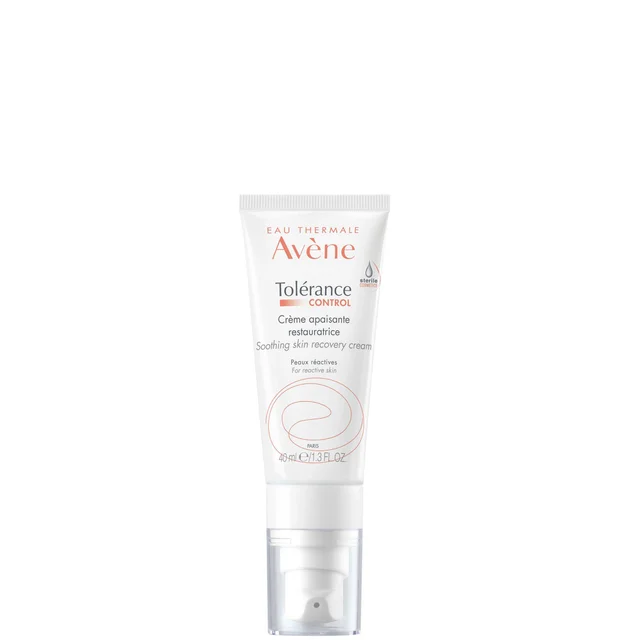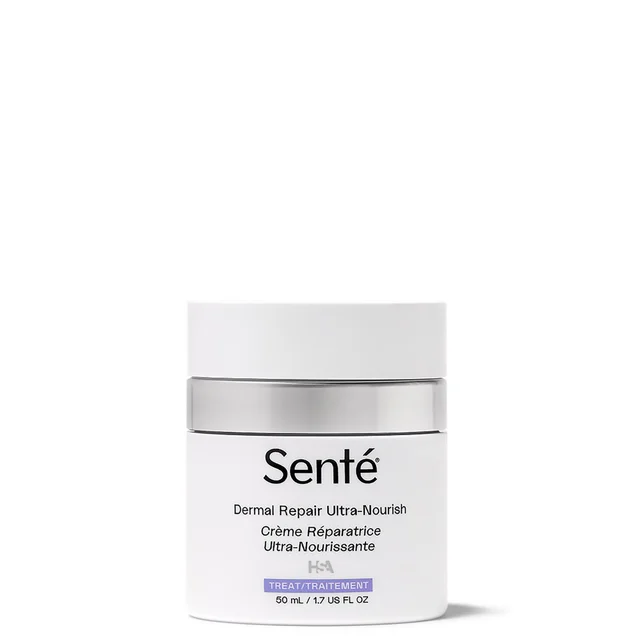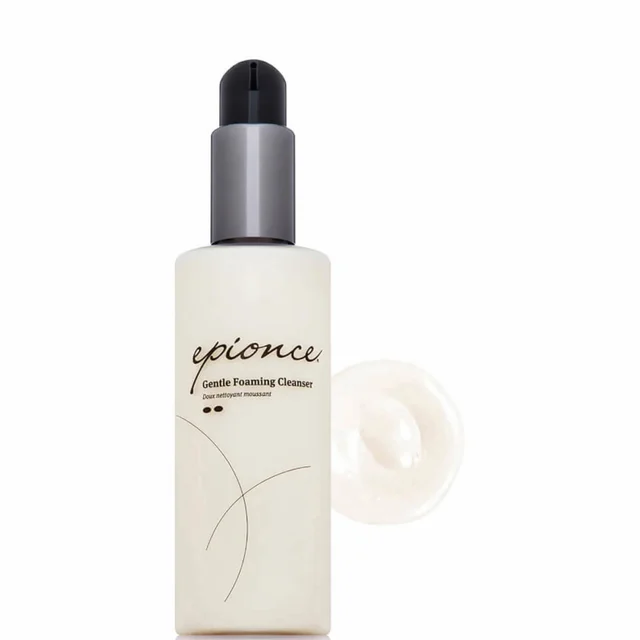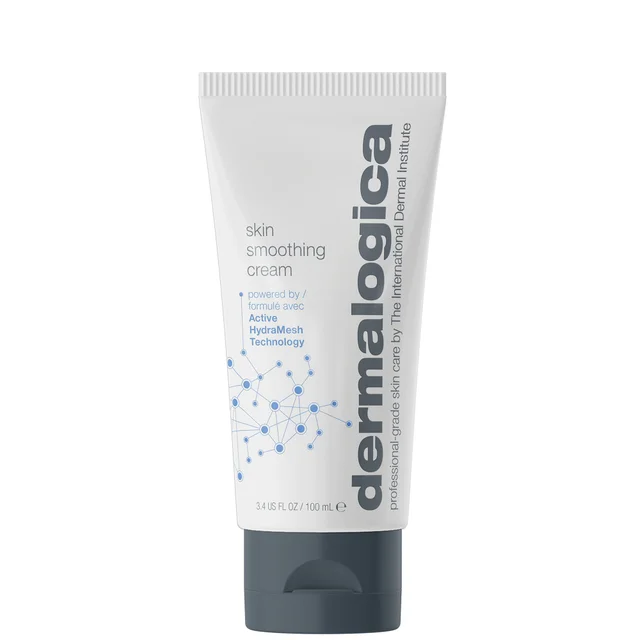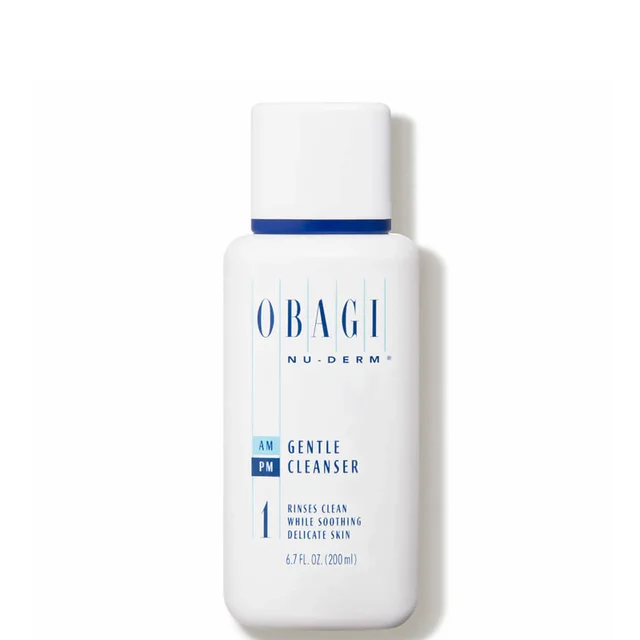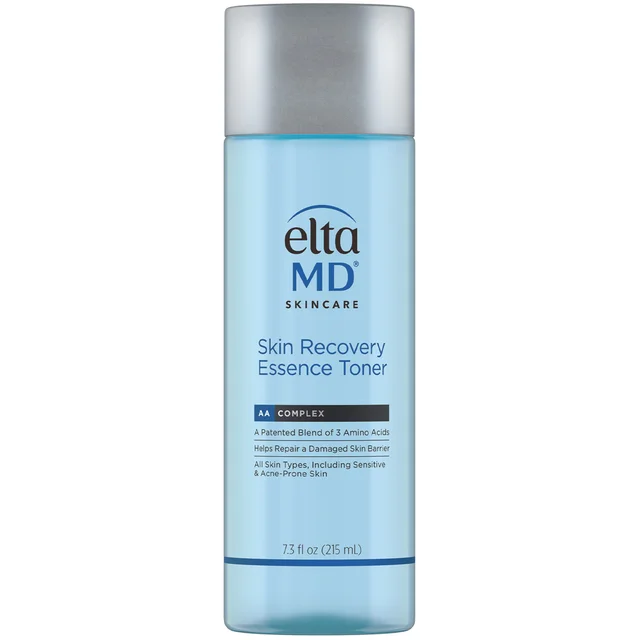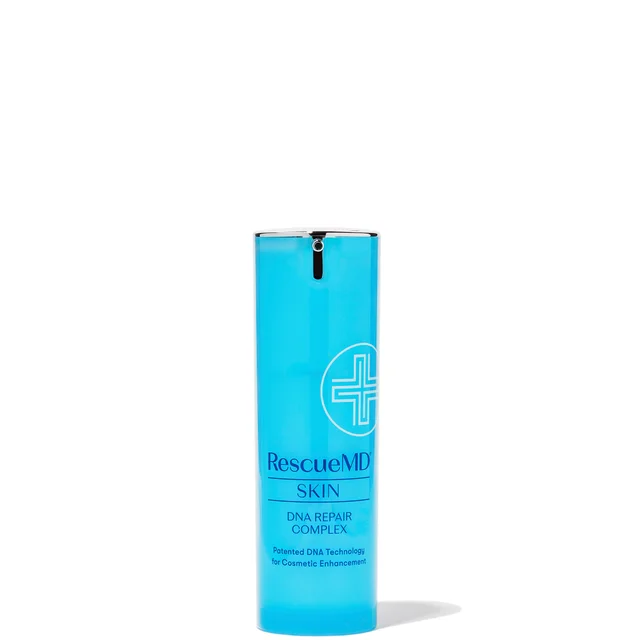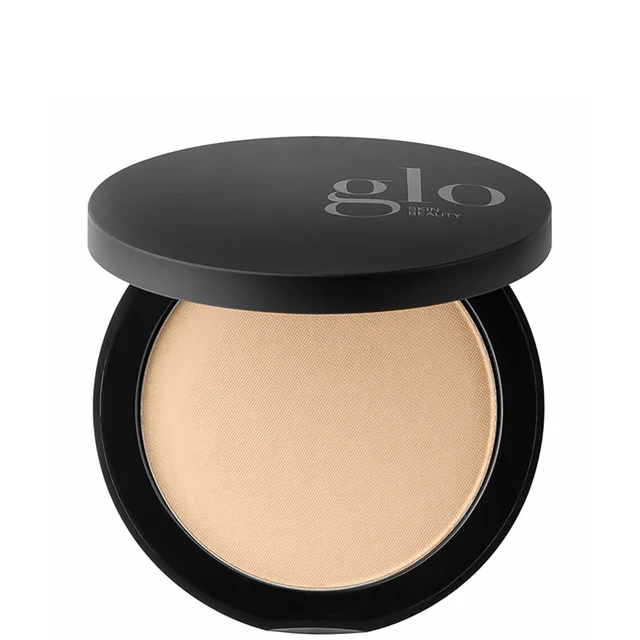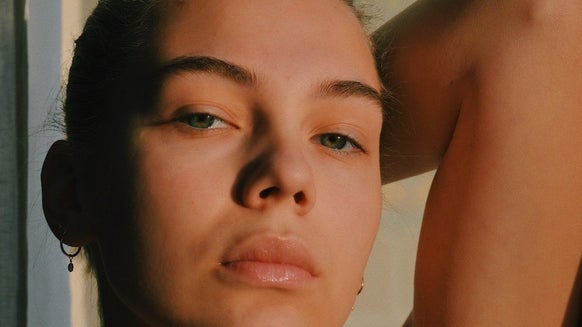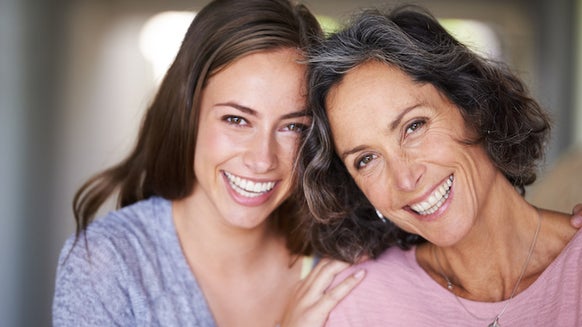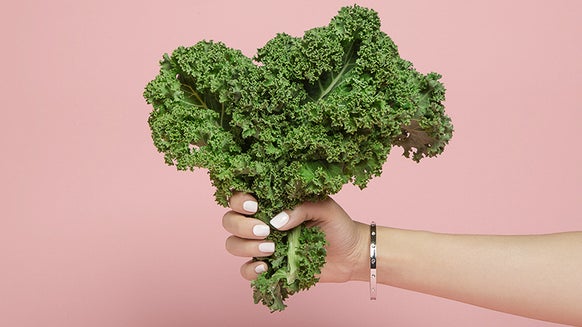Dermatologist-Approved Ways to Reduce Facial Redness For Good
Red skin that also bears the signs of flushing, splotches and even broken capillaries can be enough to make you pull out all the stops and eliminate the redness. When it comes to how to reduce facial redness the right way is to understand the root cause since red skin can be related to a plethora of different things. No matter if your facial redness is caused by spicy foods, a bout of rosacea or a reaction to a chemical or ingredient, some origins of red skin are easier to treat than others.
What Causes Redness on the Face?
The reasons for facial redness aren't limited to just one cause. In fact, anything from a sunburn to an allergic reaction can lead to red, irritated and inflamed skin. Some of the more typical reasons for facial redness include:
Eczema may look like a rash, burn, or allergic reaction since the skin appears red, itchy, dry, and scaly. In more extreme cases, eczema can cause the skin to weep and blister. Eczematic skin is common and often a life-long condition that requires medical treatment. Rosacea is often confused with acne since they both present red bumps. When rosacea is present, the skin appears very red and dry, and broken capillaries may accompany skin changes. Often, you can control rosacea by limiting the triggers that instigate a flare-up. - Burns of any type, whether from a chemical, a heat-based hair tool, or another source of heat, can easily and quickly cause the skin to turn red.
Acne that is inflammatory is often red and inflamed and the surrounding area may be too. - Dermatitis is a common skin condition that leaves the skin red and with a rash-like appearance. It can also cause the skin to appear dry, scaly, or oily, depending on where the dermatitis is present on the face or scalp.
- Irritations and allergic reactions are another common cause of facial redness. Anything that irritates the skin and causes a reaction can lead to skin redness, be it a cosmetic ingredient, a medication, or a fragrance in a detergent. The best way to determine potential allergens is to do an allergy patch test with your dermatologist.
Psoriasis is another skin condition accompanied by facial redness. It occurs when the body makes new skin cells at a much faster than normal rate, causing the cells to accumulate on the skin's surface and leading to raised patches that are dry and scaly. - Broken capillaries, which tend to occur around the nose, above the lip, on the cheeks, and on the chin, are small, red, squiggly lines on the skin. No matter how small or large they are, facial redness is always present if broken capillaries are present.
How to Reduce Redness on the Face
1. Avène Tolerance Control Soothing Skin Recovery Cream for Sensitive Skin
This lightweight cream, which has been accepted by the National Eczema Association, goes hard to work to restore the skin. Perfect for eczema flare-ups, its formula consists of postbiotics which help calm down overly sensitized skin that’s uncomfortable, easing away the look of redness and any feelings of tightness.
Key Ingredients: D-Sensinose, thermal spring water
Skin Type: Sensitive
Skin Benefits: Helps restore skin's barrier, soothes visible redness, tightness and over-heating, calms
Beauty Insider Tip: Apply a generous layer of the cream to areas where facial redness persists for instant calmness in 30 seconds
2. SENTÉ Dermal Repair UltraNourish
This soft, hypoallergenic facial cream replenishes lost moisture and reduces bothersome redness. It also improves common signs of aging. Perfect for dry and sensitive skin types, the non-comedogenic cream helps fortify and reestablish the skin's natural barrier to stay well-hydrated and less likely to turn red.
Key Ingredients: Heparan sulfate analog, lipid blend, vitamin E, ceramides, omega fatty acids
Skin Type: Dry, sensitive
Skin Benefits: Nourishes dry skin, moisturizes, smooths rough texture, diminishes the appearance of fine lines and wrinkles, enhances the skin tone, calms sensitive skin, decreases visible redness
Beauty Insider Tip: To make sure your skin properly absorbs and utilizes the formulation, gently rub it into the skin and allow it to fully dry before applying the next skincare products in your routine
3. Dr. Dennis Gross Skincare DermInfusions Blur and Repair Cream
Layer on this light, airy cream to diminish redness, blur away lines and wrinkles, and provide a visible plumping and firming effect when your skin needs it most. Great for all skin types and those with facial redness, the blend of hydrating and plumping ingredients helps improve the skin's appearance for a difference you can see and feel.
Key Ingredients: Shea butter, ceramides, resveratrol, peptides, hyaluronic acid
Skin Type: All
Skin Benefits: Blurs imperfections, reduces redness, calms, replenishes the skin barrier, revives dull, dehydrated skin, enhances elasticity
Beauty Insider Tip: The cream works with water- and oil-based makeup and even acts as a primer when applied underneath makeup.
4. Epionce Gentle Foaming Cleanser
Eliminate facial redness while you get a deep clean with this non-stripping daily cleanser. Packed with lavender to reduce redness and blotches while promoting cell regeneration, the face wash helps to balance the skin's pH levels, leaving them more optimal without stripping away essential moisture.
Key Ingredients: Orange fruit extract, marsh mallow root extract, lavender extract, willow bark extract, date fruit extract
Skin Type: Normal, combination
Skin Benefits: Cleanses without irritation, helps smooth and refine texture, hydrates
Beauty Insider Tip: The formula is created to have an optimal pH for the skin, which is why it is suitable for use as your regular cleanser morning and night.
5. Dermalogica Skin Soothing Cream
Red, inflamed skin needs serious soothing and major barrier repair, which this next-generation moisturizer provides. Packed with a unique complex that works deep down within the skin to reduce transepidermal water loss, it also helps to protect the skin's microbiome from environmental damage and stress for long-lasting hydration.
Key Ingredients: Hyaluronic acid, cucumber, arnica, grape seed extract, vitamins C and E
Skin Type: Normal, dry, combination
Skin Benefits: Hydrates, protects against environmental stress and damage
Beauty Insider Tip: Since acne-prone skin tends to be red, this moisturizer is safe for a light dose of moisture that won’t make it break out.
6. iS Clinical Pro-Heal Serum Advance Plus
No matter the cause, facial redness doesn't stand a chance against this scientifically advanced formulation. Thanks to a blend of skin-soothing vitamins, olive leaf, and kojic acid, this serum helps to improve compromised and blemished skin, getting it back on track and healthy again while protecting it from free radical damage.
Key Ingredients: Vitamins A, C and E, olive leaf extract, kojic acid
Skin Type: All
Skin Benefits: Provides antioxidant protection, calms, improves blemishes, reduces the look of fine lines and wrinkles
Beauty Insider Tip: Since the serum can help reduce the appearance of skin redness while clearing up pimples and breakouts, it’s the perfect one-two-punch solution for compromised skin that’s also sensitive.
7. Obagi Medical Nu-Derm Gentle Cleanser
Clear away dirt, oil, makeup, and impurities with this daily face wash that’s gentle enough to use morning and night. Perfect for dry and sensitive skin, it never leaves skin dry or dull, just perfectly hydrated and soft to the touch.
Key Ingredients: Oat amino acids
Skin Type: Sensitive, normal, dry, combination
Skin Benefits: Removes dirt, oil and makeup, leaves skin feeling clean and fresh
Beauty Insider Tip: With consistent use, the cleanser will transform the skin, leaving it soft and smooth and keeping breakouts at bay
8. SkinCeuticals Redness Neutralizer
This skin-soothing serum reduces facial redness, blotchiness, and discomfort. Loaded with good-for-your-skin ingredients, it also helps protect compromised skin against environmental triggers that can instigate redness and further affect the skin.
Key Ingredients: Peptides, bisabolol, glycerin
Skin Type: All
Skin Benefits: Reduces red patches and blotchiness, provides a cooling effect, improves skin texture and radiance
Beauty Insider Tip: Always apply a layer of sunscreen to the skin after using the serum to protect it from UV damage further.
9. EltaMD Skin Recovery Essence Toner
Dry skin needs an extra step of soothing hydration and that’s where this gentle essence toner comes into the equation. Perfect for adding a touch of moisture after cleansing, it also helps to remove impurities and protect against environmental aggressors, making it a skincare staple.
Key Ingredients: Malachite extract, glycerin, AAComplex, amino acids, antioxidants
Skin Type: Dry, sensitive, acne-prone
Skin Benefits: Provides antioxidant support, detoxifies, hydrates, reduces redness, decreases irritation
Beauty Insider Tip: Thanks to the mineral-rich complex, the toner boasts a natural blue color—no colorants or additives.
10. RescueMD DNA Repair Complex
Reach for this serum when there’s persistent redness and skin damage that needs a little help. Formulated by a doctor and safe for even the most sensitive skin, the serum helps support the skin's natural ability to repair and regenerate, leaving it healthy and with less redness.
Key Ingredients: Lapachol, peptides, vitamins E5 and B5, rosemary and rosehip extracts, allantoin, glycerin
Skin Type: All
Skin Benefits: Absorbs instantly, improves scars and skin damage, supports the skin’s natural healing process
Beauty Insider Tip: Use the serum as a spot treatment to take down redness left behind from cosmetic treatments and procedures including surgery.
11. Glo Skin Beauty Pressed Base Powder Foundation
Camouflage facial redness while also protecting it from free radical damage with this high performance, triple-milled pressed powder foundation. With a weightless yet buildable finish that’s perfect for everyday wear and special occasions, the foundation lasts for hours on end without smudging, budging or oxidizing.
Key Ingredients: Vitamins A, C, E, green tea, minerals, mica
Skin Type: All
Skin Benefits: Long wear formula, creates a semi-matte finish, blurs imperfections, covers redness
Beauty Insider Tip: Since the foundation is buildable, apply it with a face brush for sheer coverage and a kabuki brush for full coverage.
12. Erborian CC Red Correct
This color-correcting SPF-packed makeup reduces the look of facial redness while soothing inflamed and irritated skin. Thanks to green pigments in the creamy formulation, it cancels out facial redness and leaves skin feeling hydrated and with a natural finish.
Key Ingredients: Centella asiatica extract, glycerin, zinc oxide
Skin Type: All
Skin Benefits: Reduces redness and blemishes, blurs skin texture, improves wrinkles, provides SPF protection, hydrates
Beauty Insider Tip: Spot treat areas with stubborn redness or use the formula all over to prep the skin for makeup.
FAQs
Can ice help reduce redness on the face?
While ice can help reduce redness to some degree, it can also cause it. Sure, applying ice to blood vessels can help reduce some of their redness—the same goes for icing breakouts. But if you're going to ice your face, it's best to wrap the ice in a soft cloth or use an ice roller. It's important to have a barrier between your skin and the ice so it doesn't freeze or get an ice burn, which can damage the skin.
Does facial redness mean inflammation?
More often than not, inflamed skin shows as red. That's because inflammation can cause blood vessels under the skin to dilate, allowing more blood to reach the tissue. That's why whenever there's a lot of inflammation, be it from a bad pimple or as the skin responds to a wound, it's usually accompanied by redness in the area.
The Bottom Line
For some, facial redness is more serious than it is for others. No matter the cause, plenty of options, from icing to over-the-counter topical products, can help. If you want to know how to reduce facial redness so that your skin is more even in tone for the long term, it's important to identify the triggers responsible for your red skin and avoid them as much as possible to get it healthy again.
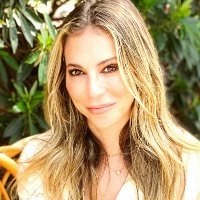
Elise Minton Tabin is an award-winning beauty journalist, editor, and beauty expert with more than 16 years of experience. She previously held the title of Executive Beauty Editor at NewBeauty magazine, where she reported on beauty, plastic surgery, anti-aging, health and wellness. She was also instrumental in the launch of the beauty supplement brand Hush & Hush. A self-professed beauty junkie and retinol and sunscreen pusher, Elise knows what’s new, what works and who’s the best to go for every procedure under the sun. Follow Elise on Facebook, Instagram, and on her beauty blog, elisetabin.com
